ePostcard #95: Magellan’s Voyage into the Unknown (Part I)
ePostcard #94: Magellan’s Voyage into the Unknown (Part I)
Ferdinand Magellan (Fernão de Magalhães In Portuguese) was only 12 years old when Christopher Columbus landed in the New World. Born into a family of minor nobility, Magellan served as a page in the royal court in Lisbon, and was mentored by King João. The boy eagerly took advantage of every educational opportunity, studying subjects as diverse as religion, writing, mathematics, music and dance, horsemanship, martial arts and, thanks to the legacy of Prince Henry the Navigator, algebra, geometry, astronomy, and navigation. Magellan’s privileged position in court alerted him to Portuguese and Spanish discoveries in the Indies, and he was privy to the secrets of the Portuguese exploration of the ocean. Steadfast in his desire to establish his loyalty to the Portuguese crown, young Magellan volunteered his assistance in preparing the fleets leaving for the Indies, familiarizing himself with provisions, rigging, and arms. Magellan’s studies and excellent standing with the crown ended with the sudden death of his mentor. In 1505, successor to the throne, King Manuel, distrusting Magellan’s motives and loyalties, dispatched him to India on a dangerous mission to secure the installation of Francisco de Almeida as the Portuguese viceroy of India.
Magellan and a handful of men engaged in battle after battle with Muslim resistance fighters in an attempt to maintain Portugal’s imperial foothold in India and to enforce the practice of paying tribute (in treasure) to the Portuguese viceroy. Finally, penniless because he’d not been paid a salary for his 5 years of service and was still recovering from battle wounds, Magellan returned to Portugal. Believing he had proven his skills and bravery, he petitioned King Manuel to finally pay him for his services and to allow him to propose an expedition by sea in service to the crown. With his petition rejected outright by the king, the Portuguese explorer withdrew his allegiance and presented himself to Portugal’s arch rival, Spain’s King Charles I. Magellan’s pitch to the Spanish monarch was a proposal to discover a western sea route (via South America) to the Spice Islands (see maps #3 and #4). Charles was impressed by the mariner’s intellect and his certainty that he could locate the paso (sea passage) to the Pacific and, in doing so, secure exclusive rights to the myriad riches of the Spice Islands for Spain. Because the eastern route was controlled by Portugal under the Treaty of Tordesillas. Magellan’s plan for seeking a quick and profitable western route to the Moluccas was especially compelling to the Spanish. Anxious to compete against the Portuguese with one of their own mariners at the helm, 18-year old King Charles personally funded the expedition, formally knighting Magellan and appointing him Capitán-General of the Armada de Molucca.
The expedition set sail from Sanlúcar de Barrameda, Spain in September of 1519, with 237 men and five Spanish ships (four carracks and one caravel)—the Trinidad, Magellan’s flagship, and the Victoria, San Antonio, Concepción, and Santiago. Like Columbus before him, Magellan proposed reaching Asia and the Moluccas, or Spice Islands, by sailing west from Europe. The fact that he was Portuguese, but sailed on behalf of Spain, put him at an extreme disadvantage with the men he led, most of whom were Spanish. Magellan was known as a skilled mariner and a formidable captain, and his mostly Spanish crew, predictably, hated him on sight. The Spanish marine establishment, disgruntled that King Charles had chosen a Portuguese commander for such an important mission, foisted inferior gear and rancid provisions on the expedition, hoping it would fail.
Magellan quickly learned that he could trust no one and would have to personally oversee every aspect of the expedition. Three of the four other ship captains were wealthy Spanish dons, who knew little of the sea, and would need to rely on their masters and pilots for the actual sailing. Magellan knew the dons were already plotting mutiny, and he would need to be vigilant if he was to thwart mutiny and murderous attacks from within his own armada. Brave, brutal and sometimes bellicose, Magellan was a brilliant navigator and strategist—all skills that would prove vital to the expedition’s ultimate success. Despite having banished him from the Portuguese court, the Portuguese king viewed Magellan as a traitor who must be stopped and executed. Magellan had to except the grim reality that his survival and that of the members of the expedition depended on their avoiding capture by the Portuguese, who were probably already assembling a plan to pursue the armada to the ends of the earth if necessary.
Pigafetta wrote that the sailor’s were not told the full extent or the chosen route of the voyage by Magellan, in the event that crew members became so overwhelmed with “amazement and fear” that they would refuse to serve under their Capitán-General. As a Portuguese mariner, Magellan was used to secrecy in voyages of discovery, and would certainly not want to reveal his plan to find a strait —a waterway leading to the East—until it was too late for disloyal crew members to desert. The death rate on these expeditions was high and Magellan knew that he needed all the men and ships he’d had under his command. They would be sailing into the unknown and that always carried the potential for dissent and outright rebellion among the ranks. He knew they would encounter fierce storms, uncharted waters where the dangers were unpredictable, and that they would suffer deprivation and hardships on the high seas beyond imagining. To assert his authority over his contentious captains at the outset, Magellan imposed strict sailing orders that would force the other ships to follow Trinidad and remain within sight and signaling range at all times. If he needed to change course because of weather, or the winds were contrary, spotted enemy ships, or he wished to reduce speed when underway, he had created a signaling system to be used day or night. He combined his signaling system with a traditional system of watches so that their voyage could be made with greater safety for all.
Leaving the mouth of the Guadalquivir River on September 20, 1519, the men aboard the five ships of the Armada de Molucca responded to the shouted orders to secure the anchors and set the sails. There was much excitement and certainly an understandable undercurrent of fear as the men felt the sea breeze on their faces and the deck gently rising and falling as the ship met the sea swells. They were finally underway in the Atlantic Ocean, which was then known simply as the Ocean Sea, The weather and winds at the start of their voyage were favorable, and the 5 black ships sailed easily to the southwest to the Canary Islands, arriving at Tenerife, where they would take on additional provisions. This group of seven volcanic islands were known to Pliny, and began to appear on maps in 1341. The islands served as a stopover for ships bound to the Iberian peninsula, and a succession of Arab and European voyagers frequently visited the Canaries to replenish supplies, convert the islanders, or capture slaves. While in the Canaries, Magellan received two pieces of disturbing news. He learned that the Portuguese king had dispatched two fleets of caravels to intercept the expedition and arrest or kill him. The second was a secret communique from his father-in-law stating that the Castilian captains of the Armada de Molucca, with Juan de Cartagena as their ringleader, planned to mutiny and kill Magellan at the very first chance. Magellan did not reveal these dire warnings to anyone.
Given his concern for the safety of his fleet and for his own life, Magellan decided that the best strategy was to leave the Canaries immediately and he ordered the ships to set sail at midnight, October 3. To put as much distance as possible between his ships and the Portuguese caravels, Magellan charted an evasive and unexpected course and gave orders for the ships to sail both day and night. The armada headed due south, passing the Cape Verde Islands and then setting a southwesterly course to parallel the coast of Africa, rather than heading west across the Ocean Sea (Atlantic). Cartagena immediately challenged Magellan’s orders and the unusual route, but the Capitán-General remained resolute and accepted no dissent. As they sailed further south, the weather turned foul, the winds confused and potentially deadly. Pigafetta wrote “Thus we sailed for sixty days of rain to the equinoctial line.” Throughout the ordeal, Pigafetta noted that sharks constantly circled the ships, terrifying the crew.
After weeks of constant, life-threatening storms, several hissing incandescent globes mysteriously appeared on the yardarms of Magellan’s ship, Trinidad. The frightened men were seeing the strange phenomenon known as Saint Elmo’s Fire! The luminous glow of St. Elmo’s fire is sometimes observed at night from the tops of ships’ masts when electrified clouds are overhead. The mast appears to be on fire but does not burn. Saint Elmo’s’ fire tends to occur toward the end of a thunderstorm. The phenomenon is a dramatic electrical discharge that looks like a stream of fire as it trails from the top mast of a ship. It is seen during thunderstorms when the ground below the storm is electrically charged, and there is high voltage in the air between the cloud and the ground. The voltage tears apart the air molecules and the gas begins to glow. Our atmosphere is nitrogen and oxygen, and this mixture glows blue/violet when exposed to high voltage fields. Saint Elmo (the name given to Saint Peter Gonzalez), is the patron saint of sailors and the phenomenon is traditionally interpreted as a good omen—a sign of the saint’s protection at sea. Once the electrical apparition subsided, some crew members believed that supernatural powers had singled out Magellan for a special destiny.
Illustration Captions and Credits:
1. Portrait of Ferdinand Magellan. From Isaac Bullart’s Academie des sciences et des arts, contenant les vies, & les eloges historiques des hommes illustres . . . avec leurs pourtraits tirez sur des originaux au naturel . . . (Brussels, 1695). [Rare Books Division]
2. Portrait of King Charles of Spain, who was 18 years old when he agreed to finance Magellan’s expedition to the Spice Islands in 1518. He is pictured here in a painting by Bernard van Orley c. 1517
3. Around the world in 1,082 days! This map illustrates the entirety of the Magellan-Elcano circumnavigation, which took nearly three years from start to finish (Image credit: Semhur/Wikimedia commons).
4. This map of the Spice Trade shows the overland and sea routes on a NASA/Goddard Space Center base map. The economically important Silk Road (red) and spice trade routes (blue) were blocked by the Seljuk Empire c. 1090, triggering the Crusades, and by the Ottoman Empire c. 1453, which spurred the Age of Discovery and European Colonialism. Credit: Whole_world_-_land_and_oceans_12000.jpg: NASA/Goddard Space Flight Center derivative work: Whole_world_-_land_and_oceans_12000.jpg.
5. This beautiful chart of the Spice Islands is the work of the engraver Peter Plancius, who became the first Official Cartographer of the Dutch East India Company in 1602. Plancius did not issue an atlas but had a prolific output of single-sheet maps including this beautiful and extremely rare map of the Spice Islands entitled Insulae Moluccae. The base source for the map was a collection of charts and route books that Plancius acquired in Lisbon in 1592 from the cosmographer to the King of Spain. The resulting map (#5 below), one of the most fabulous ever produced of the East Indies, shows the Spice Islands at a level of detail never previously seen. [Source:https://commons.wikimedia.org/wiki/File:A_map_of_the_world_c._1600_Wellcome_L0034555.jpg]
6. Painting by artist Gregory Manchess, from the book Magellan’s World by Stuart Waldman. Harbor scene of the provisioning of the ships in Seville at the beginning of Magellan’s voyage.
7. Credit: History Daily. St. Elmo’s fire is a weather phenomenon in which luminous plasma is created by a coronal discharge from a sharp or pointed object in a strong electric field in the atmosphere (such as those generated by thunderstorms or created by a volcanic eruption). St. Elmo’s fire is named after St. Erasmus of Formia, the patron saint of sailors. The phenomenon sometimes appeared on ships at sea during thunderstorms and was regarded by sailors with religious awe for its glowing ball of light, accounting for the name. Sailors may have considered St. Elmo’s fire as a good omen (as in, a sign of the presence of their patron saint). This image has been color-enhanced.
8. Credit: Portrait of Saint Elmo by Alejo Fernández, 16th century. Saint Erasmus, also called Elmo, (died 303?, Formia, Italy), was an early Christian bishop, martyr, and one of the patron saints of sailors. He is romantically associated with Saint Elmo’s fire (the glow accompanying the brushlike discharges of atmospheric electricity that appears as a tip of light on the masts of ships during stormy weather) as the visible sign of his guardianship over them.
click images to enlarge
click images to enlarge
To help build global awareness, we would appreciate it if you would share this post with your friends and colleagues. Please choose one of the options below which includes email and print! Thank you.

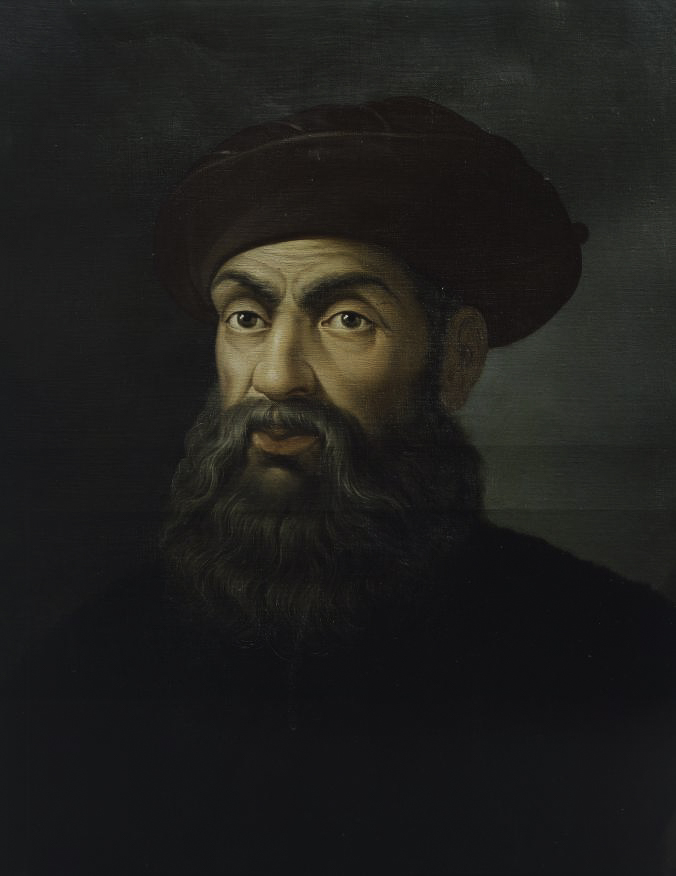
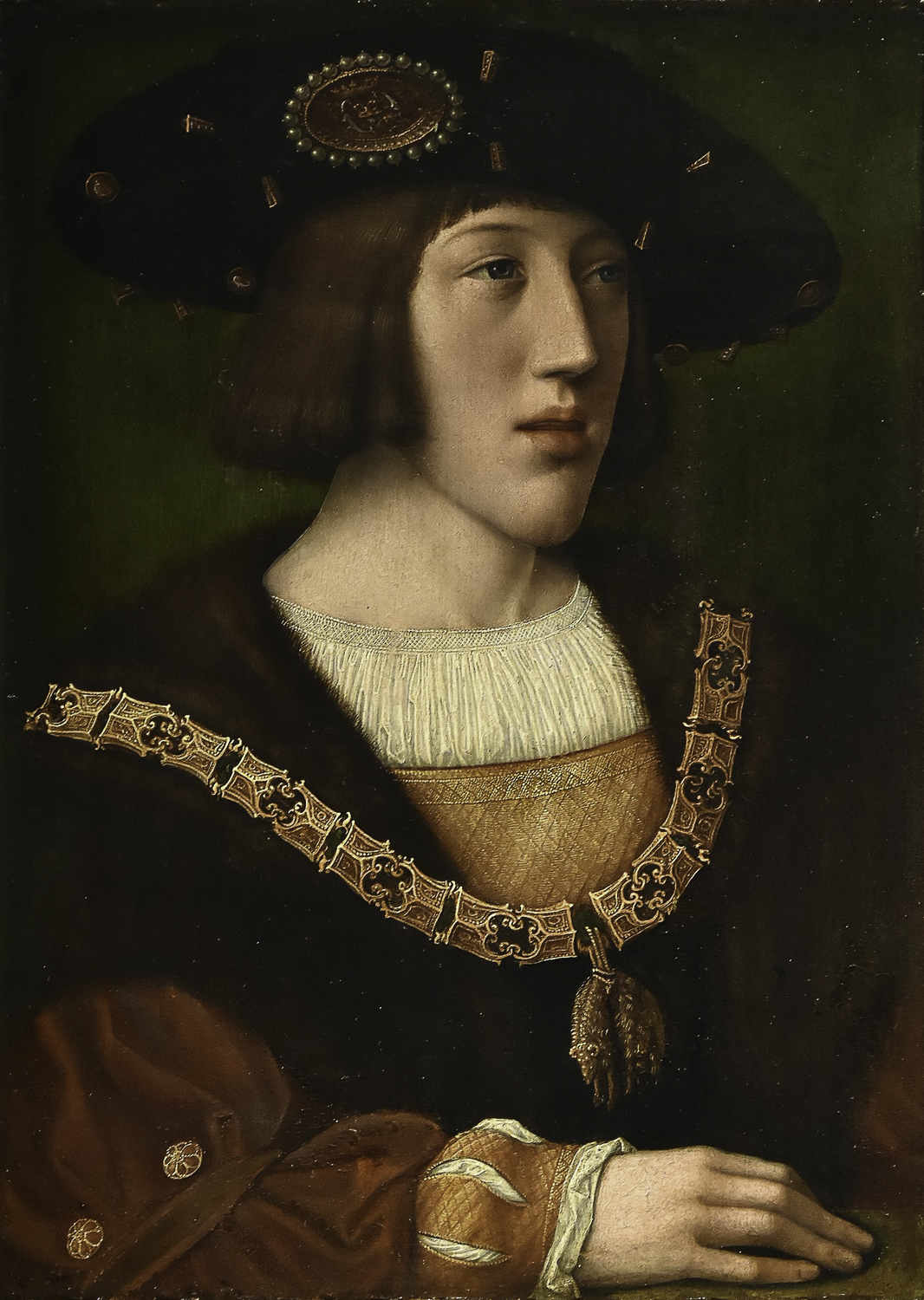
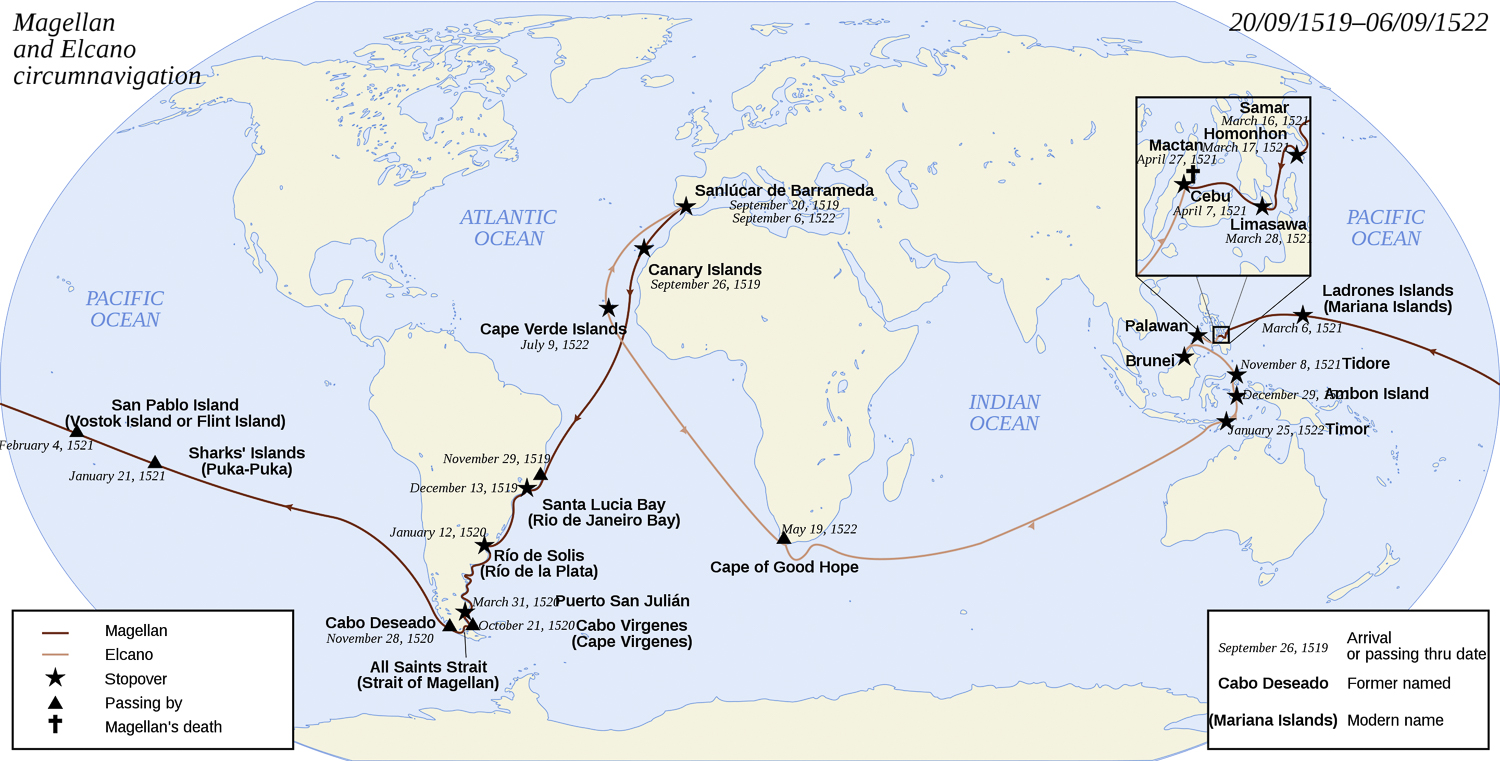
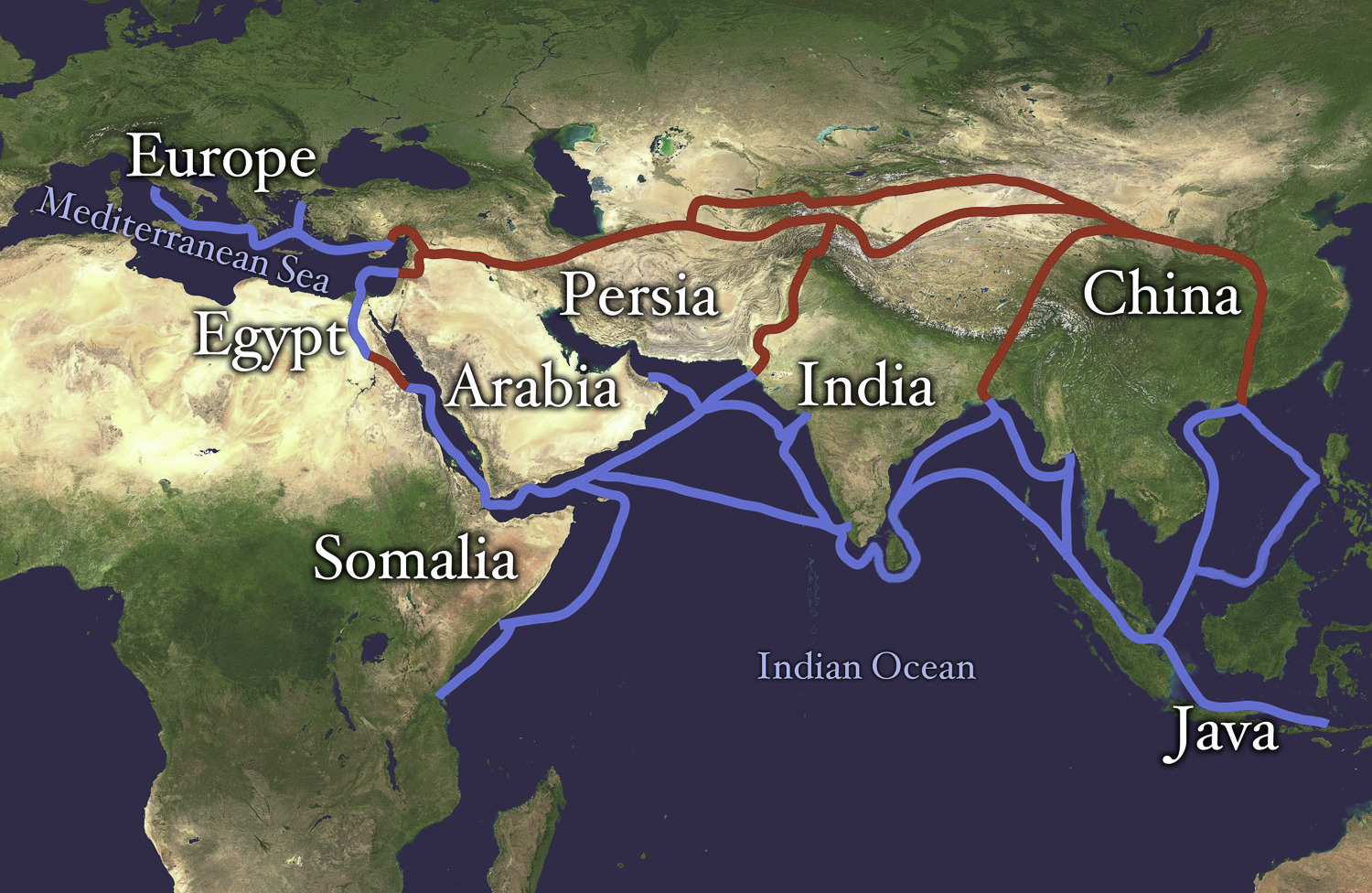
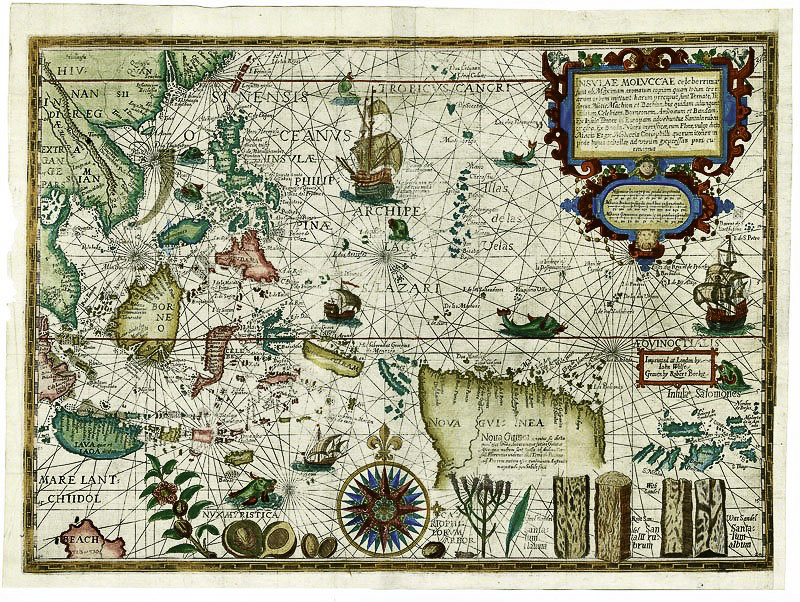
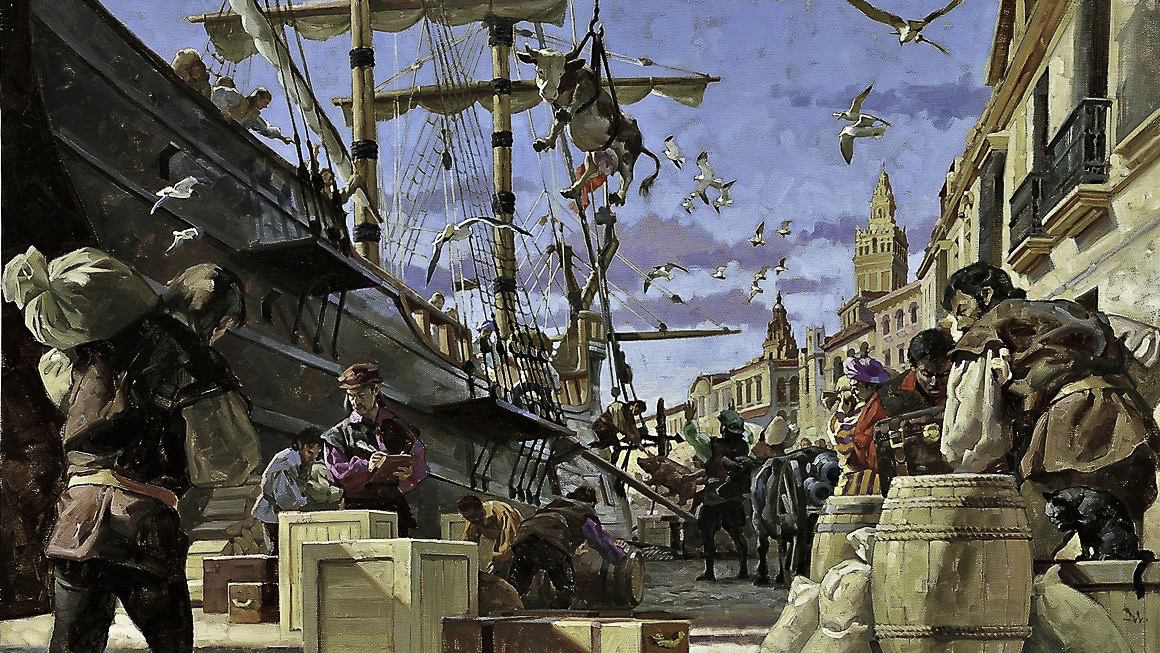

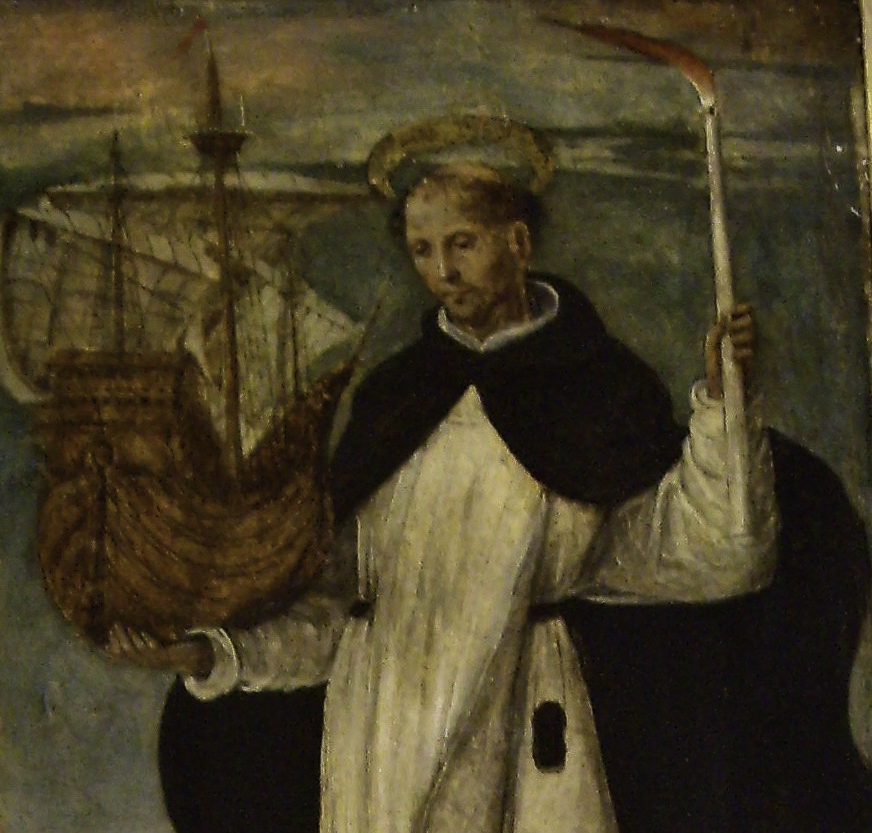
Sounds like Cloud Ridge trips were much better planned and organized than Magellan’s!
What a facinating tale of the famouse discoverer and the Science behind the St Emo’s Fire.
Thank you Audrey.